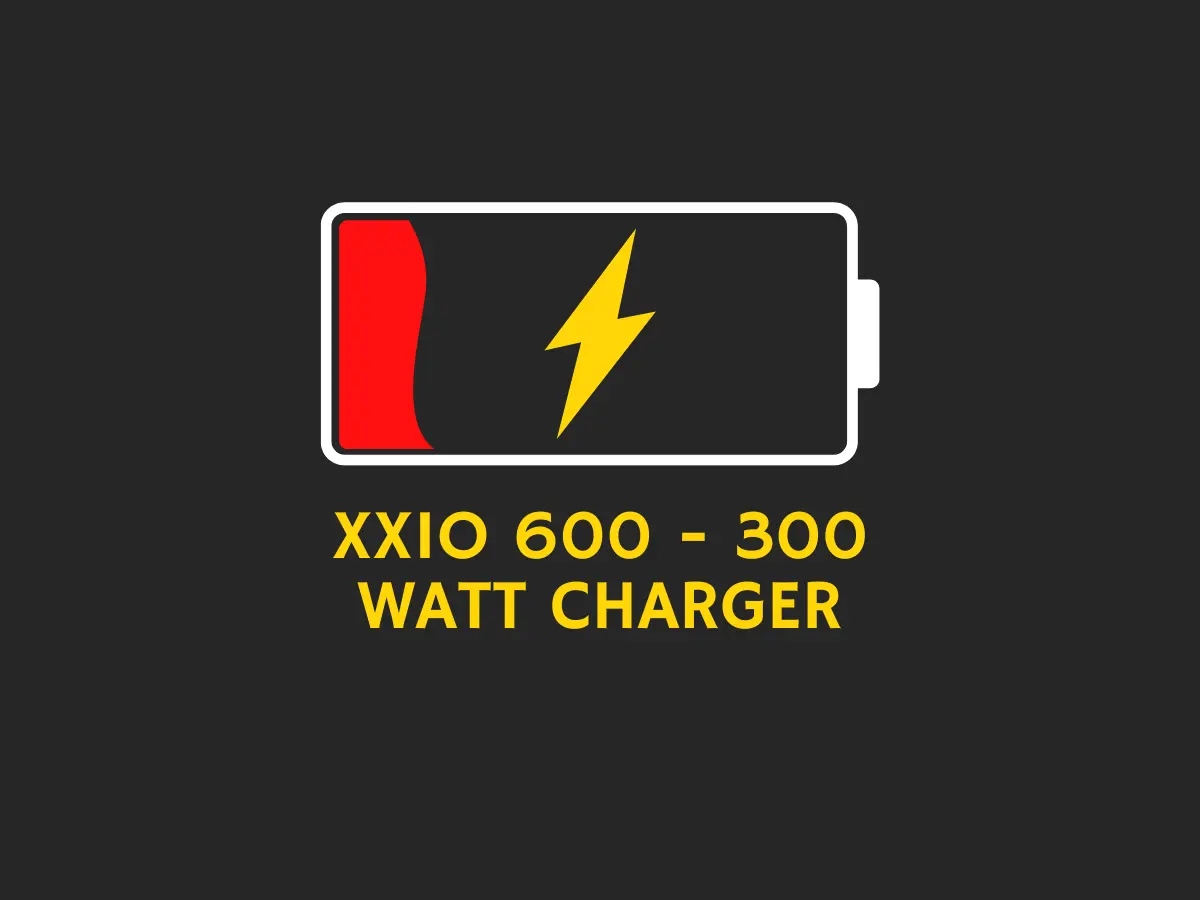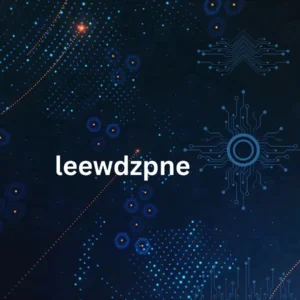Indirect Voting for Dummies: A Complete Guide
Navigating the world of politics can feel like wandering through a maze. With various voting systems in play, understanding how decisions are made is crucial. One such system that often flies under the radar is indirect voting. Whether you’ve heard about it or not, this method shapes elections and governance in significant ways.
Curious about what it means? Or maybe you’re wondering why some countries prefer it over direct voting? You’re not alone! This guide is designed to break down everything you need to know about indirect voting—no political jargon here, just clear explanations for everyone from newbies to seasoned voters. Let’s unravel the complexities together!
What is Indirect Voting?
Indirect voting is a system where citizens don’t vote directly for their preferred candidates. Instead, they elect representatives who then make decisions on their behalf. This method can be found in various political structures around the world.
In indirect voting, the electorate places trust in these representatives to reflect their views and interests. It can help streamline decision-making processes and is often seen as more manageable for large populations.
This system contrasts with direct voting, where individuals cast ballots straight for specific candidates or issues. Indirect voting adds another layer of representation that some argue enhances democracy by ensuring elected officials are accountable to voters.
Many may wonder why this approach exists at all. The answer lies in practicality—indirect systems can handle complex governance more efficiently while still involving citizen participation through representative elections.
History of Indirect Voting
Indirect voting has roots that trace back to ancient times. The concept emerged as a practical solution for large populations where direct voting became unwieldy.
In the Roman Republic, citizens elected representatives to advocate for their interests in government decisions. This system showcased an early form of indirect voting, highlighting the need for representation in governance.
The practice evolved significantly during the Enlightenment when thinkers like John Locke and Montesquieu championed representative democracy. They argued that elected officials could better navigate complex political landscapes than average citizens casting votes directly on every issue.
By the 19th century, many countries adopted systems incorporating indirect voting mechanisms. Whether through electoral colleges or legislative assemblies, these methods aimed to balance public input with informed decision-making by chosen representatives.
Today, aspects of this historical approach continue to influence modern democracies worldwide. Understanding its evolution provides context for current debates surrounding electoral processes and representation.
How Does Indirect Voting Work?
Indirect voting operates through a system where voters elect representatives who then make decisions on their behalf. Instead of casting votes directly for policies or candidates, individuals choose delegates in a series of elections.
These delegates act as intermediaries, representing the electorate’s interests in legislative bodies or electoral colleges. The process can vary significantly between countries and even regions.
In many systems, these elected officials gather to debate and vote on laws or select higher offices like the president. This structure is designed to streamline decision-making while allowing for more nuanced representation of diverse opinions.
Ballots are often cast at multiple levels—local, regional, and national—creating layers within the political landscape. Each step adds complexity but also depth to democratic engagement. Understanding this mechanism can help clarify how policies evolve from grassroots ideas into formal legislation.
Advantages of Indirect Voting
Indirect voting offers a mix of benefits and drawbacks. One notable advantage is efficiency. It allows for quicker decision-making as representatives can be elected to handle complex issues on behalf of the electorate.
This system often results in more informed choices, as these representatives usually have greater expertise or experience in governance. Voters can focus on broader policy goals rather than getting bogged down by every detail.
However, there are significant downsides too. A key disadvantage is the potential disconnect between voters and their representatives. This distance may lead to decisions that do not reflect the will of the people.
Moreover, indirect voting can foster political elitism, where power becomes concentrated among a select few instead of being distributed across a wider populace. Such dynamics might discourage voter engagement and participation over time.
Examples of Countries with Indirect Voting Systems
Numerous countries utilize indirect voting systems, each with its own unique implementation.
In Italy, the Parliament elects the President through an electoral assembly comprising members of both houses. This ensures that political parties have a say in selecting a figure who represents national unity.
India also employs indirect voting for its upper house, the Rajya Sabha. Here, state legislatures elect representatives based on proportional representation, allowing regional voices to influence national governance.
Similarly, Germany’s Bundesrat functions as an indirect system where federal states send delegates to represent their interests at the national level.
Even in less common cases like Iran, local councils are elected indirectly by people but serve under a broader framework governed by appointed officials and bodies.
These examples illustrate how different nations tailor indirect voting methods to fit their political cultures and structures while promoting representative democracy.
Is Indirect Voting the Best System?
Indirect voting has its advocates who argue it’s a more stable system. By allowing representatives to make decisions, it can lead to informed choices that reflect nuanced perspectives. This can be especially valuable in complex political environments.
However, critics highlight potential disconnects between voters and their elected officials. When citizens feel detached from the decision-making process, disillusionment can grow. This might reduce voter engagement over time.
Additionally, the risk of power consolidation exists. A small group of representatives could dominate discussions and sway outcomes contrary to public interest.
Choosing whether indirect voting is superior depends on context—culture, political history, and societal values all play significant roles. As each system has strengths and weaknesses, evaluating them requires careful consideration of local dynamics rather than a one-size-fits-all approach.
Conclusion: The Importance of Understanding the Electoral Process
Understanding the electoral process is crucial for any engaged citizen. Indirect voting systems can seem complex, but they play an essential role in shaping governance and representation. By grasping how these systems work, individuals become more informed voters and active participants in democracy.
Knowledge empowers citizens to make educated decisions about their leaders and policies. It fosters discussions around electoral reforms and encourages civic engagement. Awareness of indirect voting mechanisms also promotes critical thinking about the effectiveness of different electoral processes.
As debates on voter rights and election integrity continue to evolve, being well-versed in various voting methods helps advocate for fairer systems. A strong grasp of the electoral process strengthens democracy itself, making it vital for everyone interested in political participation to educate themselves on these important concepts.
FAQs
1. What is the main difference between direct and indirect voting?
Direct voting involves citizens casting ballots directly for specific candidates or policies, while indirect voting involves electing representatives who then make decisions on behalf of the electorate.
2. Why do some countries prefer indirect voting?
Some countries prefer indirect voting for its efficiency and the expertise of elected representatives, which can lead to more informed decision-making.
3. Can indirect voting lead to less democratic outcomes?
While indirect voting can enhance representation, it may also lead to a disconnect between voters and their representatives, potentially reducing voter engagement and fostering political elitism.
4. How does indirect voting affect voter engagement?
Indirect voting can either encourage engagement by simplifying the voting process or discourage it if voters feel disconnected from decision-making.
5. What are some famous examples of indirect voting systems?
Examples include Italy’s presidential elections, India’s Rajya Sabha, Germany’s Bundesrat, and Iran’s local councils.














Post Comment